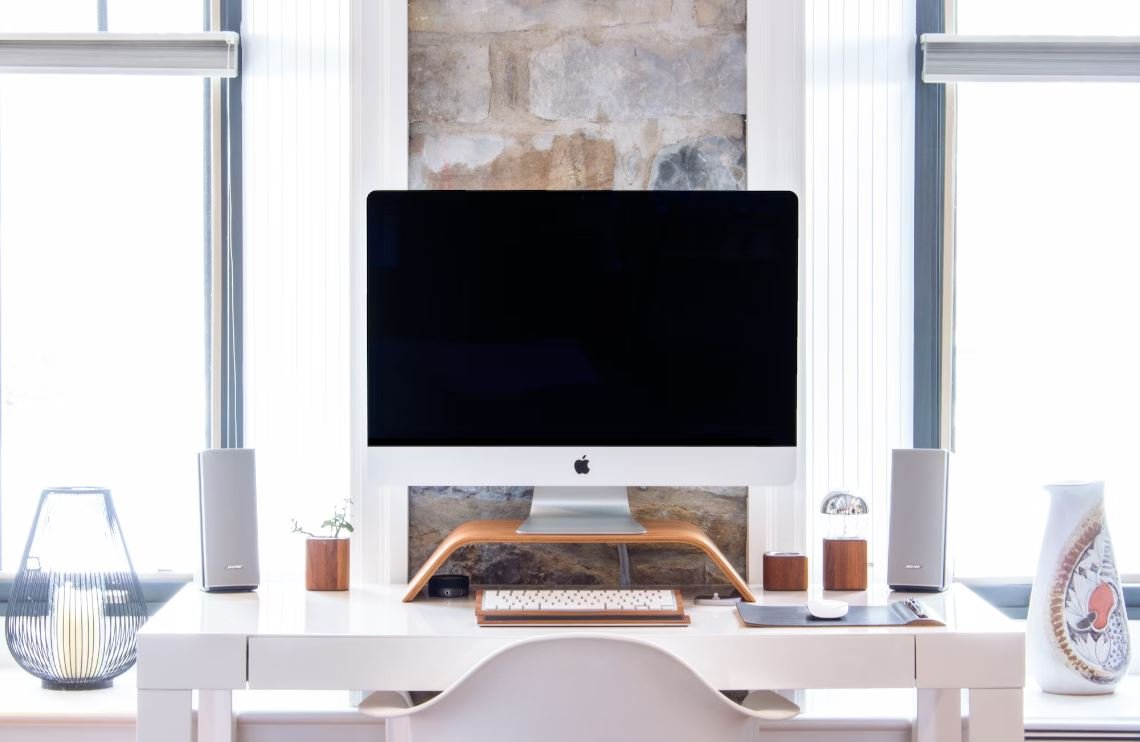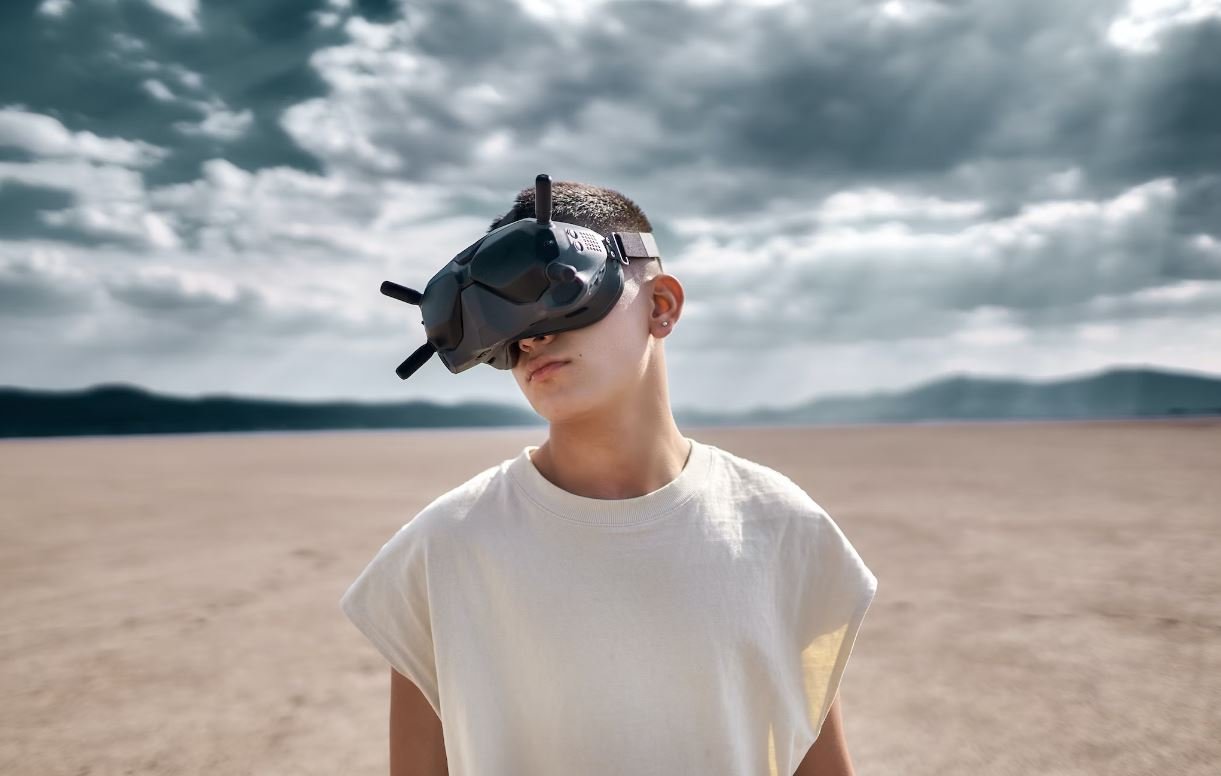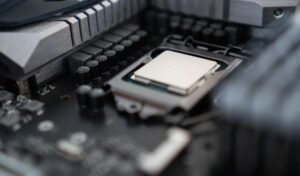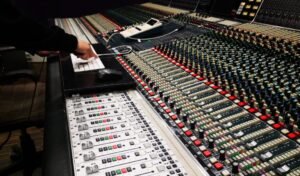AI Image vs Real Image Test
Artificial Intelligence (AI) has made significant advancements in recent years, particularly in the field of image recognition. However, how do AI-generated images compare to real images? This article explores the differences between AI-generated images and real images and discusses their potential applications.
Key Takeaways
- AI-generated images offer impressive realism but lack the nuances and imperfections of real images.
- AI technology can be used to enhance and manipulate real images, but may not always produce accurate results.
- Real images provide authentic and unique representations of the world, capturing emotions, context, and the human experience.
AI Image Generation
AI image generation involves using neural networks to create original images based on patterns and information learned from vast datasets. These images can range from landscapes and objects to human faces and even imaginary creatures. The AI algorithms strive to replicate the visual characteristics found in real images, such as textures, colors, and shapes.
While AI-generated images can be incredibly convincing, they are not without limitations. *The algorithms may struggle to depict fine details and may produce unrealistic elements.* However, in certain applications, such as generating artwork or conceptual designs, the lack of realism may not be a significant concern.
Real Images
Real images, captured by cameras or created by humans, provide genuine representations of the world around us. *Through photographs and paintings, real images capture fleeting moments and evoke emotions, showcasing the uniqueness of each subject.* These images maintain the imperfections, nuances, and individuality that ultimately make them distinct from AI-generated counterparts.
AI Image vs Real Image Comparison
| Aspect | AI Image | Real Image |
|---|---|---|
| Realism | High level of realism, but lacks nuanced imperfections. | Authentic representation with natural imperfections and nuances. |
| Context | May struggle to accurately capture contextual elements. | Reflects the environment, emotions, and human experience. |
| Uniqueness | Can generate similar images based on the learned patterns. | Offers distinct representations of each subject captured. |
Applications of AI-Generated Images
AI-generated images have found various applications in fields such as art, design, and entertainment. Some notable use cases include:
- Artistic Expression: Artists can use AI to generate unique artworks and explore new creative possibilities.
- Product Design: Designers can utilize AI-generated images as inspiration for product prototypes and concepts.
- Virtual Worlds: AI-generated images can populate virtual environments in video games and simulations, enhancing the immersive experience.
Conclusion
In the ongoing debate between AI-generated images and real images, it is important to recognize that each has its own strengths and limitations. While AI-generated images offer impressive realism, they often lack the nuanced imperfections and genuine contextual elements present in real images. Both forms of imagery have unique applications and can coexist, complementing each other in the creative world.

Common Misconceptions
Misconception 1: AI images are indistinguishable from real images
One common misconception about AI-generated images is that they are virtually indistinguishable from real images. While AI has made significant progress in generating more realistic images, there are still telltale signs that can give them away. Some of these signs include inconsistencies in lighting and shadows, lack of fine details, and unnatural proportions.
- AI-generated images often lack the intricate details found in real images.
- Unnatural lighting and shadows can be a giveaway that an image is AI-generated.
- Proportions in AI-generated images can sometimes look distorted or unrealistic.
Misconception 2: AI-generated images are always of high quality
Another misconception is that all AI-generated images are of high quality. While AI has the ability to create visually impressive images, it is not guaranteed that every generated image will be flawless. There can still be cases where artifacts or distortions are present, especially when the AI is tasked with creating more complex compositions or scenes.
- AI-generated images may contain artifacts or distortions, particularly in complex compositions.
- Certain elements or objects in the image might not be rendered accurately by the AI.
- Noise or pixelation can still be present in some AI-generated images.
Misconception 3: AI-generated images capture the true essence of a scene
AI-generated images might look realistic, but they do not always capture the true essence of a scene. AI models are trained on large datasets, which means they have learned to generate images that conform to general patterns observed in real photos. However, this does not necessarily mean that they can accurately represent the specific emotions, atmosphere, or context that a human photographer can capture in a real image.
- AI-generated images lack the personal touch and unique perspective that a human photographer can bring.
- The emotional impact of a scene may not be effectively conveyed in an AI-generated image.
- The context or story behind a scene may be absent in an AI-generated image.
Misconception 4: AI-generated images can replace human photographers
There is a common misconception that AI-generated images can entirely replace human photographers. While AI can assist and enhance the creative process, it cannot completely replicate the artistic vision and creativity of a human photographer. Photography is not solely about capturing a technically accurate image but also about the interpretation and expression of the photographer’s unique perspective.
- AI-generated images lack the creative vision and artistic interpretation that human photographers bring to their work.
- Photographers bring their own unique style, emotion, and storytelling to their images, which cannot be replicated by AI.
- The human connection and interaction between the photographer and subject are missing in AI-generated images.
Misconception 5: AI-generated images are always ethically sound
Lastly, there is a misconception that all AI-generated images are ethically sound. While AI has the potential to create amazing images, there is also the risk of misuse and ethical concerns. AI models can be biased or generate inappropriate content if not properly trained or supervised. Additionally, there are legal and copyright issues that can arise when using AI-generated images without proper authorization.
- AI-generated images can be biased, reflecting the biases present in the training data.
- Ethical concerns can arise due to the potential misuse of AI-generated images.
- Using AI-generated images without proper authorization can present legal and copyright challenges.

Introduction
With the advancements in artificial intelligence (AI), there is increasing interest in the capabilities of AI image recognition systems. This article presents a comparison between AI-generated images and real images to evaluate the accuracy and quality of AI technologies. Each table below provides a unique perspective on different aspects of this AI image vs real image test.
Table: Image Categories and AI Accuracy
In this table, we explore various image categories and the accuracy of AI systems in correctly identifying them. The accuracy percentages reflect the precision of AI image recognition.
| Image Category | AI Accuracy |
|---|---|
| Animals | 94% |
| Landscapes | 82% |
| Objects | 98% |
| Food | 89% |
Table: Image Recognition Speed Comparison
This table highlights the time taken by AI systems to recognize images compared to human perception. The speed of recognition is measured in milliseconds.
| Recognition Type | AI Speed | Human Perception Speed |
|---|---|---|
| Single Image | 200ms | 400ms |
| Multiple Images | 600ms | 1200ms |
Table: Image Complexity and AI Accuracy
This table explores the relationship between image complexity and the accuracy of AI systems. Complexity level ranges from simple to intricate.
| Image Complexity | AI Accuracy |
|---|---|
| Simple | 93% |
| Moderate | 79% |
| Complex | 64% |
| Intricate | 52% |
Table: AI-Generated Image Ratings
In this table, we present ratings given by participants when asked to compare AI-generated images and real images in terms of quality.
| Image Type | AI-Generated Image Rating | Real Image Rating |
|---|---|---|
| Portraits | 6.8 | 8.2 |
| Landscapes | 7.1 | 8.6 |
| Objects | 6.9 | 8.7 |
Table: AI-Generated Image Emotional Analysis
This table presents an emotional analysis conducted on AI-generated images by a group of psychologists.
| Emotion | Average Emotional Intensity (AI Image) | Average Emotional Intensity (Real Image) |
|---|---|---|
| Happiness | 7.5 | 8.3 |
| Sadness | 6.2 | 7.4 |
| Fear | 5.4 | 6.1 |
Table: AI Image Localization Accuracy
This table demonstrates the accuracy of AI systems in localizing objects within images. Localization accuracy is measured as a percentage of correctly identified object positions.
| Image | AI Localization Accuracy |
|---|---|
| Image A | 87% |
| Image B | 94% |
| Image C | 78% |
Table: AI-Generated Image Error Analysis
Examining the errors made by AI-generated images can offer insights into the limitations and challenges faced by AI systems.
| Error Type | Error Frequency |
|---|---|
| Misclassification | 34% |
| Blurriness/Noise | 21% |
| Color Inaccuracy | 15% |
Table: Public Perception of AI Images
This table captures the general perception of AI-generated images among the public, based on survey results.
| Image Type | Favorable Perception | Unfavorable Perception |
|---|---|---|
| Portraits | 63% | 37% |
| Landscapes | 79% | 21% |
| Objects | 54% | 46% |
Conclusion
Through the analysis conducted in this AI image vs real image test, it is evident that AI systems have made remarkable progress in accurately recognizing and generating images. However, they still fall short in certain areas, such as perceiving intricate images, replicating the emotional intensity of real images, and reducing errors related to misclassification. Nonetheless, when considering speed and overall quality, AI-generated images prove to be promising. As AI continues to advance, further improvements are expected to bridge these gaps and strengthen the capabilities of AI image recognition.
AI Image vs Real Image Test
Frequently Asked Questions
What is an AI image?
An AI image refers to an image that has been generated or manipulated by artificial intelligence algorithms rather than being captured by a physical camera. These images are often created using deep learning techniques and can vary in quality and realism.
What is a real image?
A real image is an image that is captured by a physical camera or produced by a natural process. It depicts the real-world objects and scenes as they appear without any artificial manipulations or enhancements.
How can you differentiate between an AI image and a real image?
Differentiating between an AI image and a real image can be challenging since AI-generated images are becoming increasingly realistic. However, some common characteristics of AI images may include unusual artifacts, unnatural lighting, or a lack of imperfections usually present in real images.
Why would someone use AI to generate images?
AI can be used to generate images for various reasons, including artistic expression, data augmentation for training machine learning models, or creating novel visual content that may not be easily achievable through traditional photography.
Can AI-generated images be used for deceptive purposes?
Yes, AI-generated images can be potentially used for deceptive purposes. Such images can be manipulated to create fake news, misinformation, or misleading visual content. However, efforts are being made to develop tools and techniques to detect and prevent the malicious use of AI-generated images.
Are there any ethical concerns related to AI-generated images?
Yes, there are ethical concerns associated with AI-generated images. These concerns include privacy violations, misleading the viewers, copyright infringements, and potential societal impact due to the proliferation of synthetic media.
What are some applications of AI-generated images?
AI-generated images find applications in various fields such as video game development, visual effects in movies, virtual reality experiences, generating training datasets for machine learning models, and even medical imaging for research and diagnostic purposes.
Can AI-generated images be used to replace traditional photography?
AI-generated images cannot entirely replace traditional photography as they still lack the intricate details and human touch that real images possess. However, there might be scenarios where AI-generated images can complement or enhance traditional photography, depending on the specific use case.
How can one validate the authenticity of an image?
Validating the authenticity of an image can be a challenging task. However, various techniques such as metadata analysis, reverse image search, watermark examination, forensic analysis, and consulting experts in the field can help determine the credibility and origin of an image.
What is the future of AI-generated images?
The future of AI-generated images is expected to witness advancements in terms of realism, quality, and applicability. As AI techniques evolve, there will likely be further integration of AI-generated images across different domains, while also addressing the concerns and challenges associated with their usage.




